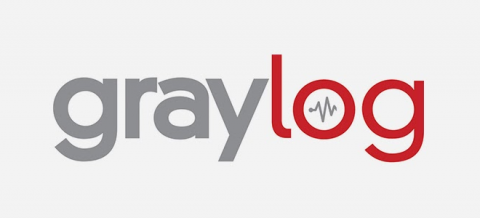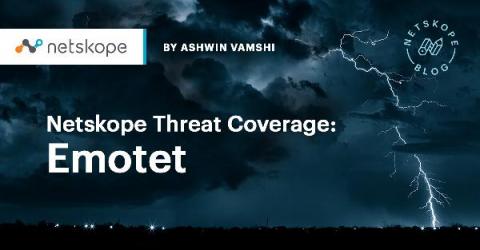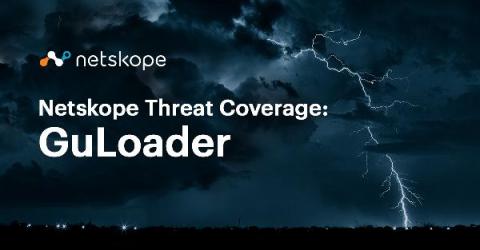30 Ransomware Prevention Tips
Dealing with the aftermath of ransomware attacks is like Russian roulette. Submitting the ransom might seem like it’s the sole option for recovering locked data. But paying the ransom doesn’t mean that your organization will get its affected data back. Let’s not forget that ransomware also continues to evolve as a threat category.








